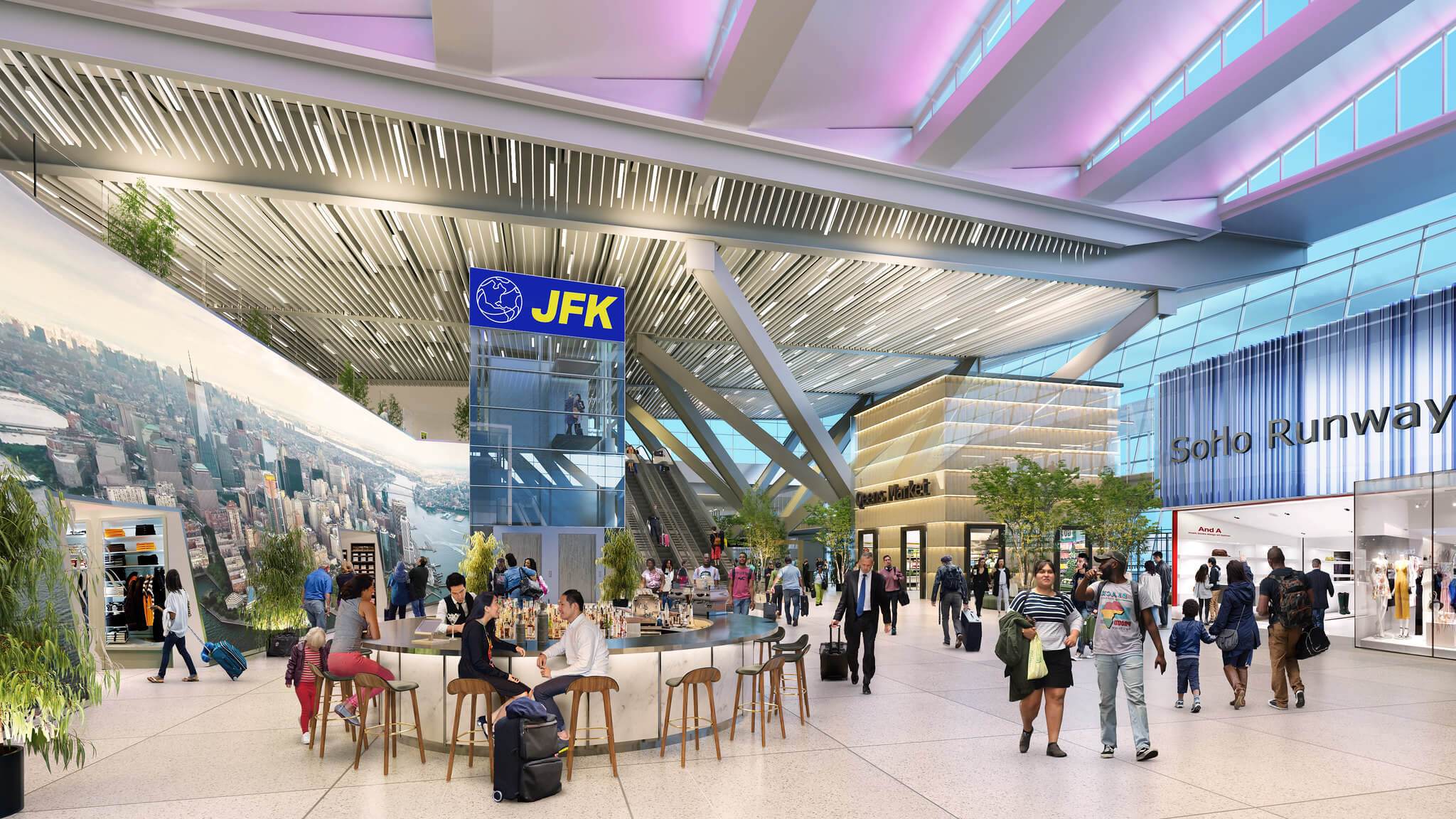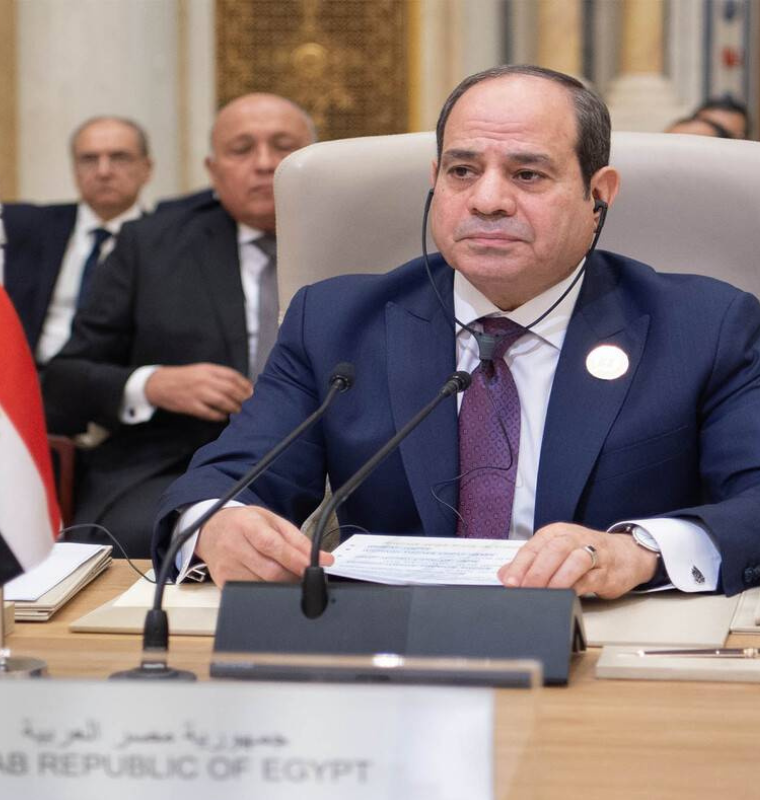JFK’s $9.5 Billion International Terminal Nears Completion — A New Era of Air Travel Begins in 2026
JFK’s $9.5 Billion International Terminal Nears Completion — A New Era of Air Travel Begins in 2026
By
Rachel Steinberg
Last updated:
August 4, 2025
First Published:
August 4, 2025

Photo: The Architect's Newspaper
A Mega Project Takes Shape: Inside JFK’s Game-Changing Terminal 1
New York’s John F. Kennedy International Airport is undergoing one of the most ambitious airport transformations in U.S. history — and the crown jewel of the overhaul is the new Terminal 1, a $9.5 billion investment that promises to redefine international air travel for millions of passengers. Set to open in mid-2026, the terminal is part of the $19 billion JFK redevelopment plan led by the Port Authority of New York and New Jersey.
Replacing the aging terminal built in 1998, the new Terminal 1 will be the largest at JFK, spanning an area nearly equivalent to the combined size of LaGuardia’s two newest terminals.
Designed with the International Traveler in Mind
From layout to amenities, Terminal 1 is being built exclusively for international flights. Airlines already slated to operate there include Turkish Airlines, Etihad Airways, Air New Zealand, Air China, and China Airlines. The terminal has now reached a major milestone: it’s weather-tight, and construction has begun on ticket counters, baggage systems, and the massive departure hall.
“From the very first pen to paper, we had the international customer in mind,” said Jennifer Aument, CEO of The New Terminal One.
Aument led members of the media on one of the final hard-hat tours of the facility this July, offering a behind-the-scenes look at the sprawling terminal, which will soon welcome travelers from around the world.
What’s Inside: Layout, Design, and Capacity
- Opening Phase (2026): 14 gates for wide-body aircraft
- Completion by 2030: 23 gates (22 wide-body + 1 narrow-body)
- Annual Passenger Capacity: 14 million
- Total Terminal Size: 2.4 million square feet
- Retail & Dining Space: Over 300,000 square feet, including 180,000 sq ft dedicated to shops and restaurants
- Unique Feature: First U.S. airport to offer cash-and-carry duty-free shopping
The terminal’s design — created by architectural firm Gensler — is inspired by the form of a butterfly, with a central spine dividing the structure and expansive slanted glass walls flooding the space with natural light. Unlike older terminals, security, customs, and departures are all on a single level, dramatically improving efficiency and passenger experience.
Infrastructure with a Modern Edge
The new Terminal 1 isn’t just about size — it’s about smart resilience and sustainability. The terminal will be powered by its own dedicated microgrid, featuring solar panels that enable 100% operational functionality in the event of a power outage.
In addition, AirTrain JFK is already integrated into the construction zone, ensuring direct connectivity between the terminal, parking lots, and subway stations in Queens.
Why Now? The Bigger Picture in U.S. Aviation
This terminal is part of a much-needed nationwide effort to modernize airport infrastructure. According to the Airport Council International – North America, U.S. airports require $173.9 billion in upgrades between 2024 and 2029 to keep pace with demand and enhance passenger experience.
“These investments — averaging nearly $35 billion annually — are essential to improve service, resiliency, and operational efficiency,” the report states.
Compared to the $8 billion LaGuardia redevelopment, JFK’s overhaul reflects the airport’s strategic role as the primary international gateway to the U.S. northeast.
Preparing for the 2026 World Cup
The terminal’s opening is strategically timed to coincide with the 2026 FIFA World Cup, which will include matches at MetLife Stadium in New Jersey — just 30 miles from JFK. With international travel expected to spike, Terminal 1 will be a vital piece of New York’s infrastructure puzzle.
Meanwhile, Terminal 6, which replaces the current Terminal 7, is also under construction and expected to begin operations in 2025, bringing further modernization to the airport’s offerings.
Final Takeaway: Setting a New Global Standard
The JFK Terminal 1 project isn’t just a local upgrade — it’s a statement. With massive investment, cutting-edge design, and a focus on passenger experience, this terminal positions JFK among the most advanced international airports in the world.
As airlines shuffle gates and travelers prepare for a new standard of global transit, JFK’s Terminal 1 is set to be a shining example of how public-private partnerships can reshape critical infrastructure — on time and at scale.
Popular articles
Subscribe to unlock premium content
How AI is Disrupting the Legal Industry From Research to Rulings

How Egypt’s Economic Gamble on Mega Projects Backfired

The Netherlands’ Economic Balancing Act Amid Energy Transition

How AI is Disrupting the Legal Industry From Research to Rulings

How Egypt’s Economic Gamble on Mega Projects Backfired

How AI is Disrupting the Legal Industry From Research to Rulings









